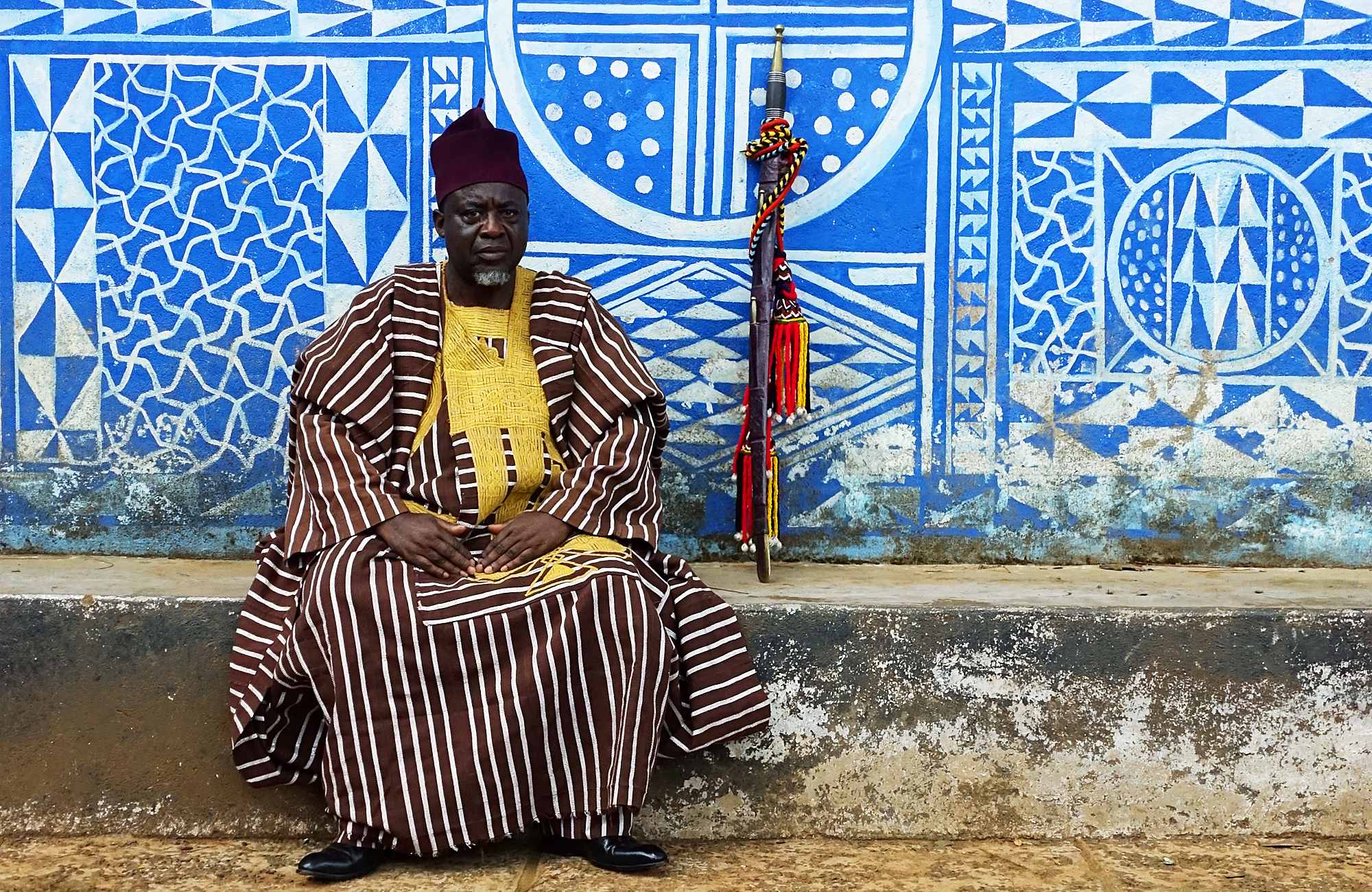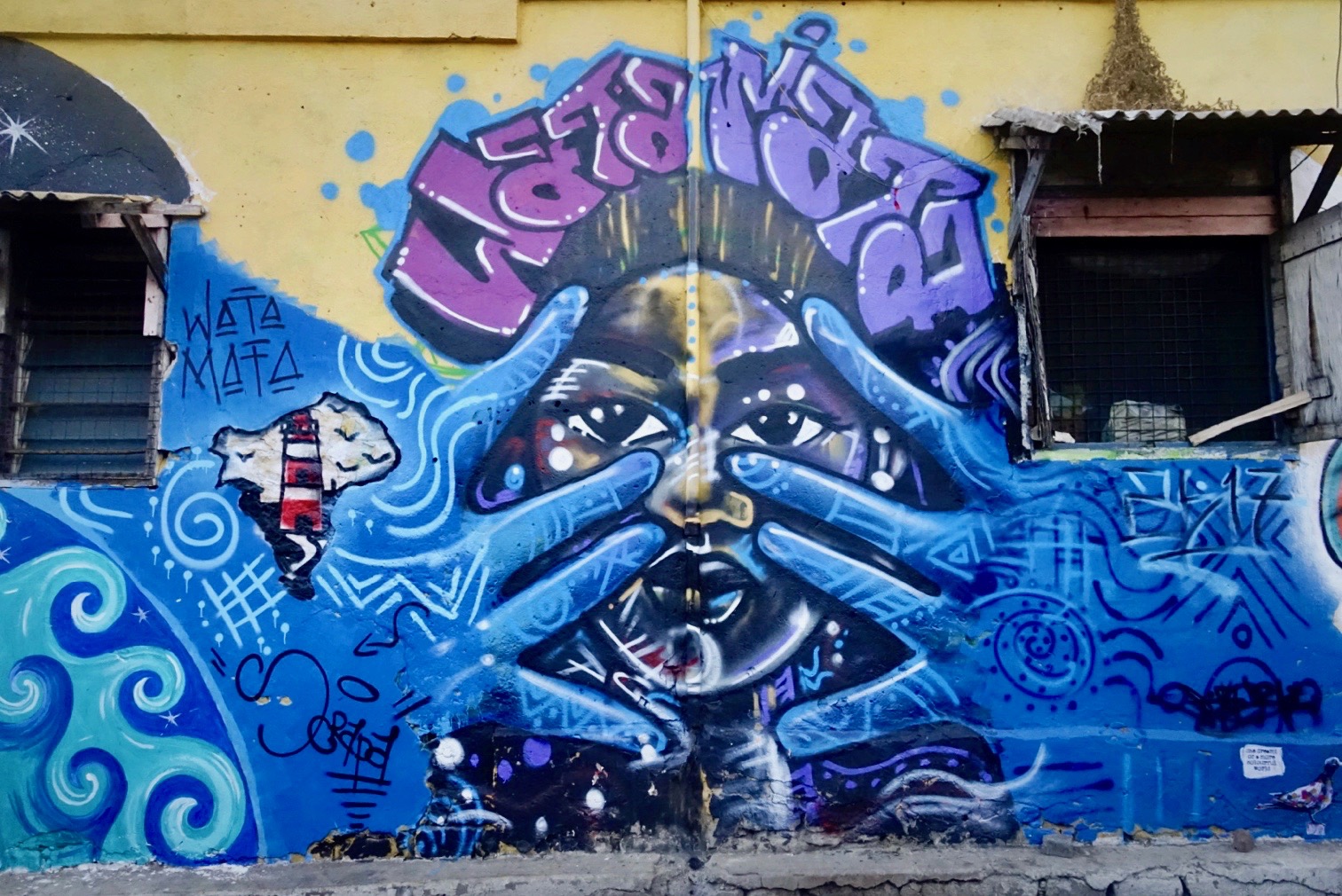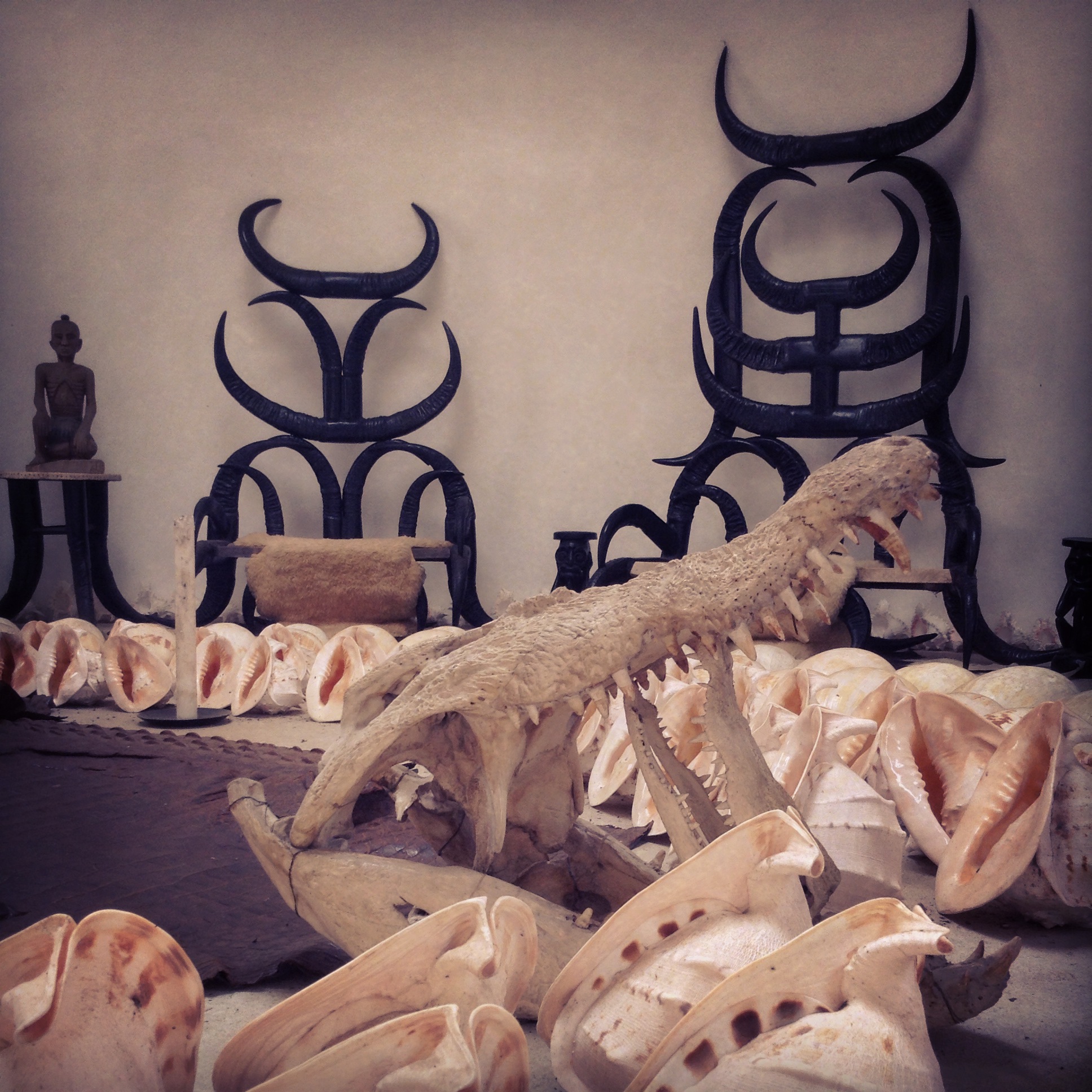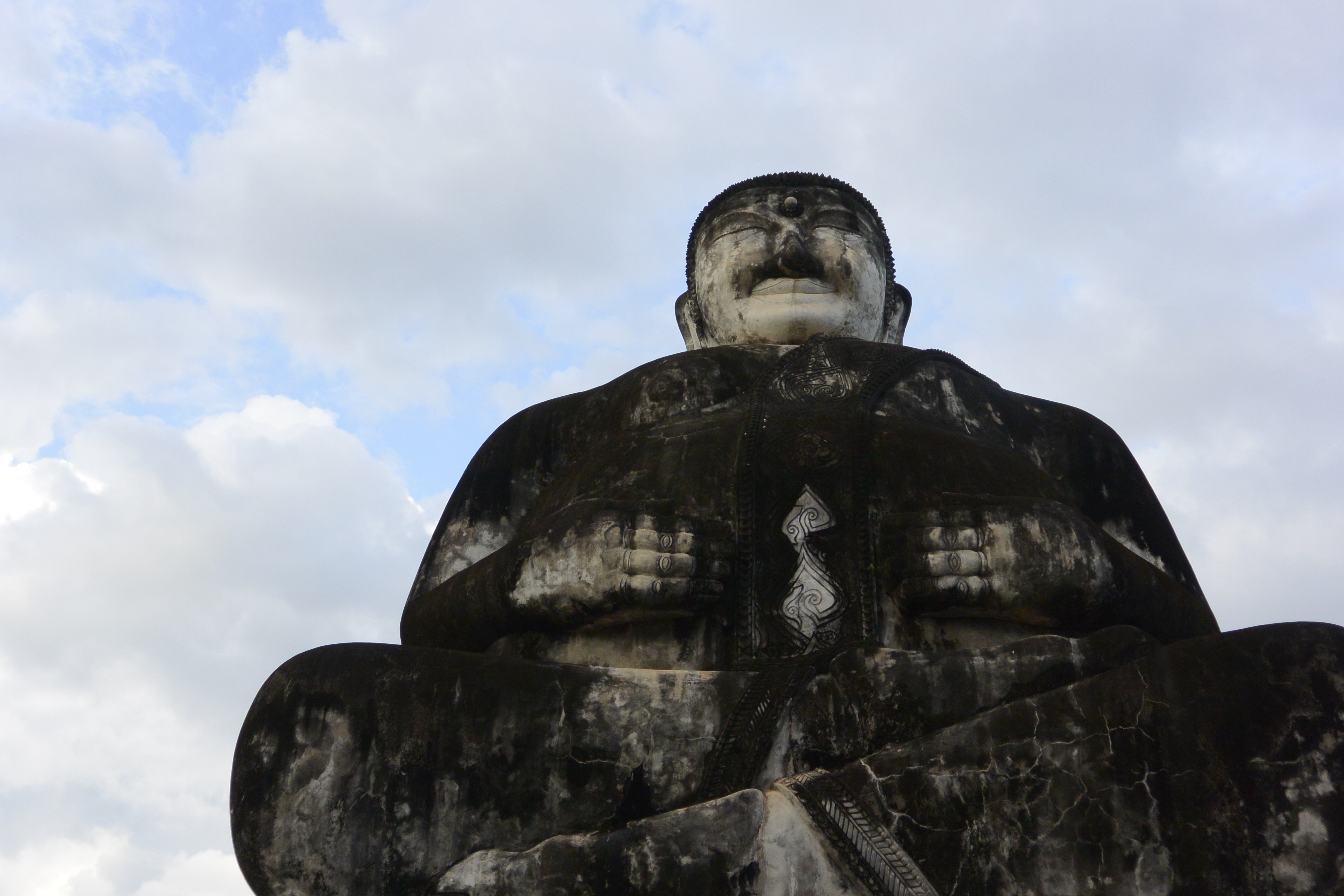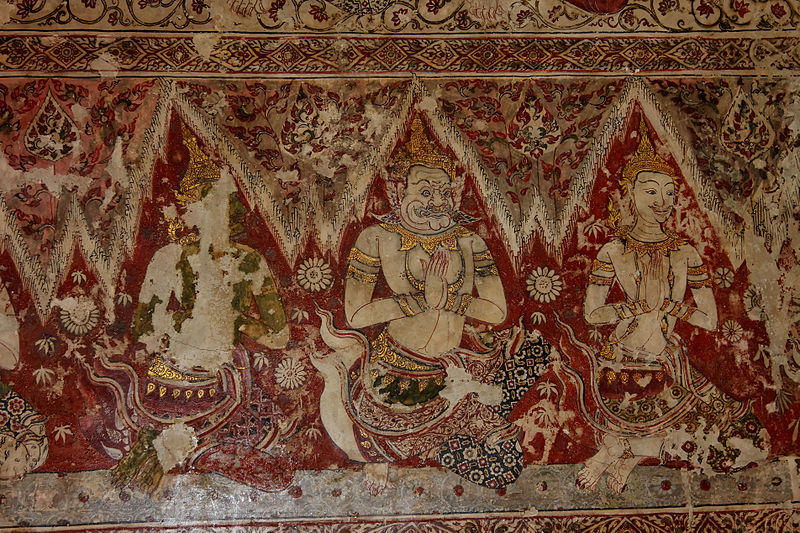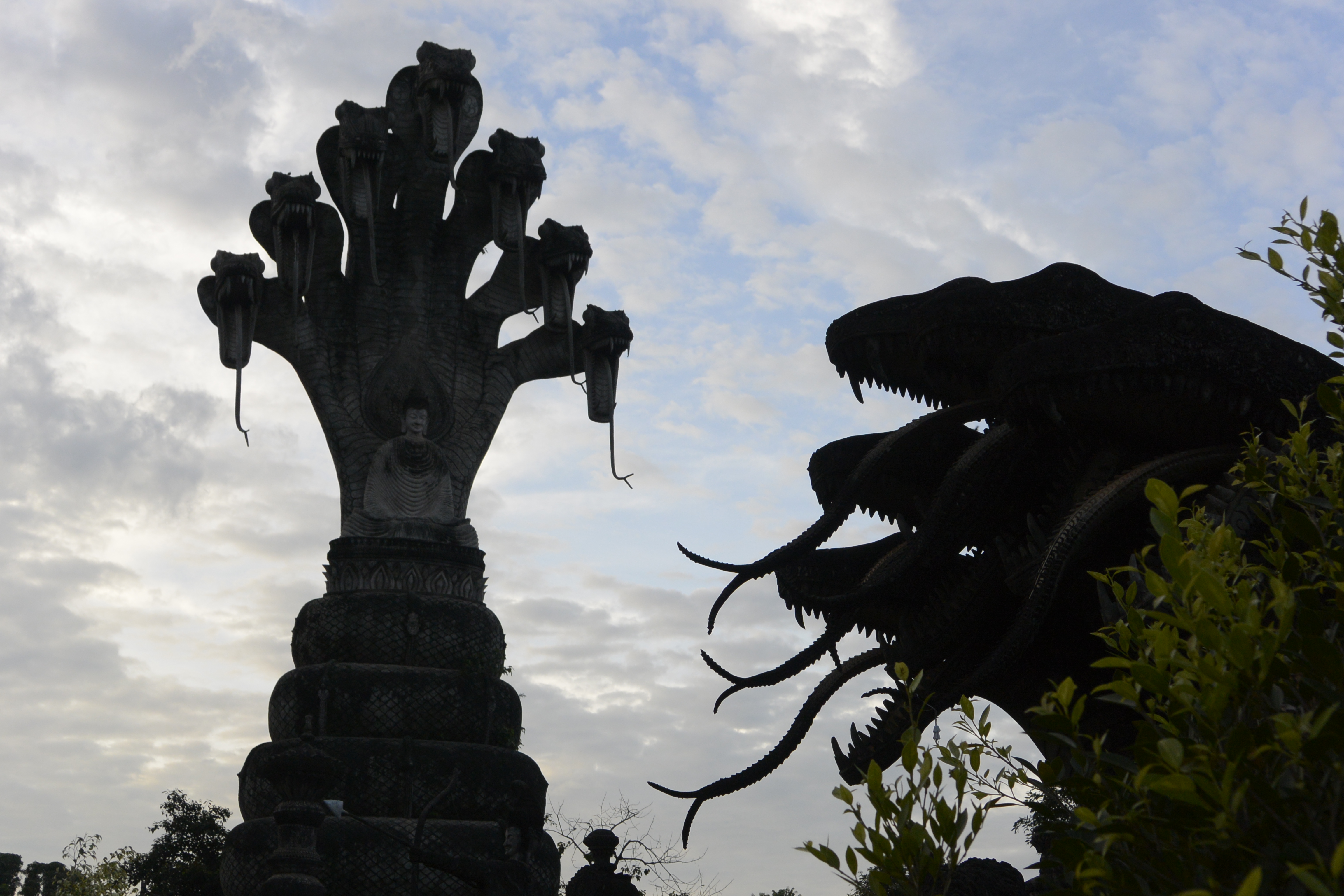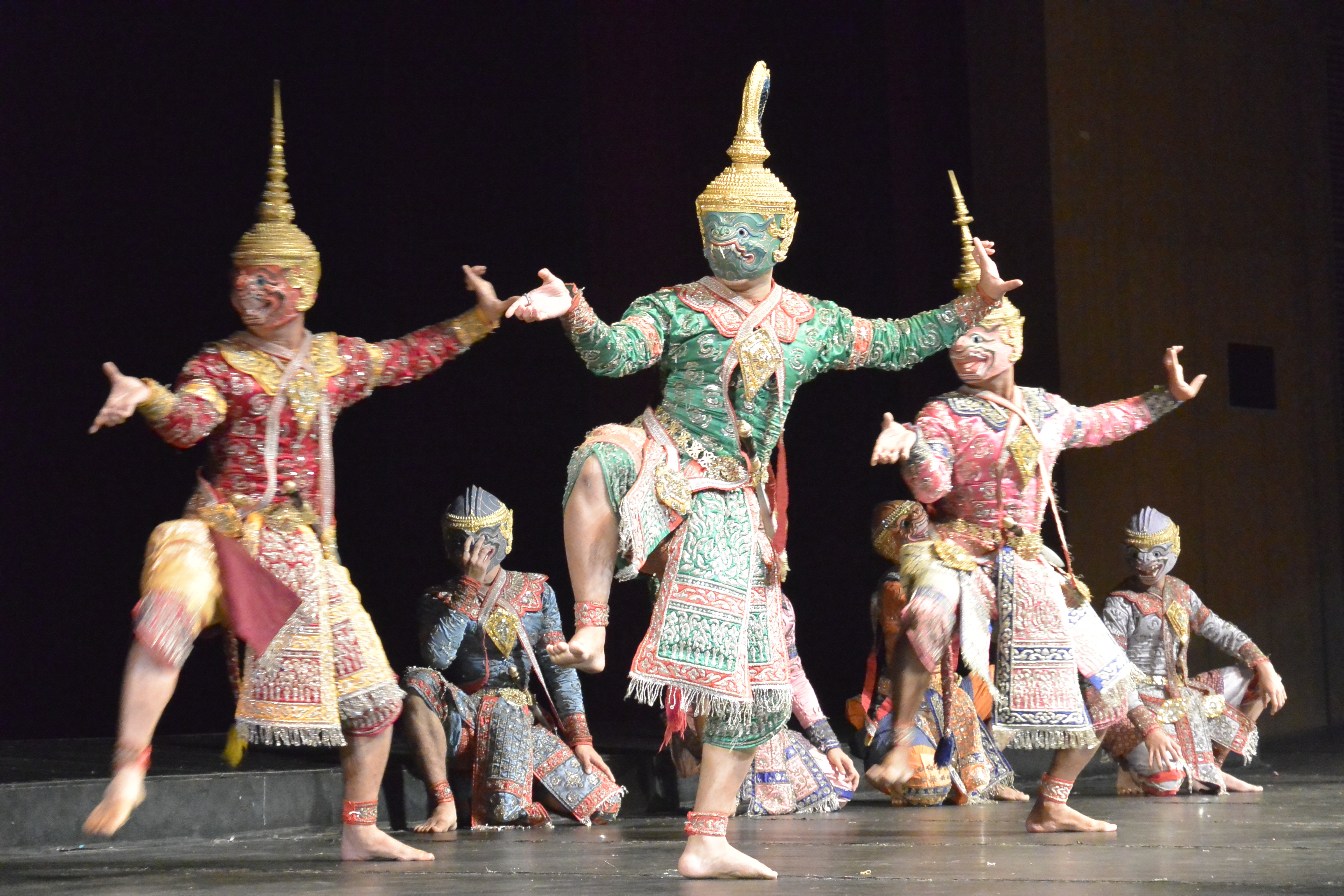Death is a part of life and every culture has its own rituals surrounding it. Some cultures dictate a quick ceremony and funeral rites while others allow for years. In Ghana, most funeral rites follow the major faiths of the country – either Christian or Islam. In the southern part of the country, most people are buried and cremation is almost unheard of. However, some people get what are called “fantasy coffins.”
Tag: art
The 13 Traditional Arts of Bhutan
Over the two weeks that I spent in Bhutan, I was constantly noticing small beautiful details. It seemed like every little thing required a closer look. And then, when you got closer, you would find the incredible craftsmanship that went into whatever you were looking at.
Turns out, that’s all by design. Bhutan has 13 traditional arts that imbue a sense of beauty into everything. There’s even a vocational school dedicated solely to teaching these 13 arts, ensuring their practice is carried on.
A Day in Foumban, a Cameroon Culture Center
My first visit to an African country was a month-long trip in Cameroon a couple years ago. I had no idea what to expect nor any solid plan for my time. I was visiting a friend, serving as a Peace Corps volunteer, and left everything up to her. By a twist of fate, she contracted typhoid while I was there. She went to the hospital and I joined two other volunteers on their trip to Foumban. That experience was a highlight of my trip; Foumban is a place that is just teeming with culture.
Chale Wote: Accra’s Street Art Extravaganza
High Street is filled with rivers of people, shoulder to shoulder, flowing in competing directions. From Usher Fort at one end to the Jamestown Lighthouse at the other, the road has been blocked off and foot traffic has taken over, supplemented by street performers, muralists, artists, vendors and the ubiquitous women and children selling water from atop their heads. It’s Chale Wote, Accra’s annual street art festival breaking down the conceptions of West African art.
A Look at 4 of Thailand’s National Artists
In the United States each year we have a national poet laureate and the National Endowment for the Arts as a way for the government to support and recognize artists and the work that they create.
Since 1985, the Ministry of Culture has annually, on February 24 or “National Artist Day”, named a list of artists in Thailand as the National Artist of Thailand. The artists receive a 12,000 baht monthly salary (about $375, and more than I make), health expenses paid for, 15,000 baht towards funeral expenses and 120,000 baht for a memorial biography.
H.M. King Bhumibol Adulyadej was named “Supreme Artist” in 1986, for his accomplishments as a composer, photographer and painter. But who are some of the other National Artists of Thailand and what kind of works have they produced?
6 Periods and Styles of Thai Sculpture
Like the religious paintings at wats, any trip to Thailand is sure to include innumerable sightings of Buddhist sculptures. This is one area of visual arts that has been well documented, described and preserved.
There are a handful of significant periods of Buddhist sculpture, and if you know what to look for on the Buddha icons, they become much less monotonous and more interesting as you try to figure out which period’s style is having the most influence on the sculpture you happen to be viewing. Here’s a breakdown of the various periods and their characteristics.
Key Characteristics of Thai Paintings and Murals
When most people think of art history, the things that come to mind are the masterpieces by largely European men like Michelangelo and Da Vinci, or paintings representing various stories from the Bible.
Paintings in Thailand also began, and often still, focus on the religious myths of the area, depicting stories from the life of the Buddha or of the various Hindu gods and goddesses that have influenced life here. Some of the best places to see Thai paintings are wats, on the walls of the ceremonial halls. But what are some of the characteristics of Thai art?
The Best Places to Find Visual Art in Thailand
When it comes to the visual arts in Thailand, it seems that the subject matter is not particularly varied. Much of the art produced hews to religious depictions, much like the performing arts traditions such as the Khon and Nang Yaai. However I suppose that can be attributed to the theory that generally arts don’t develop in a society that spends much of its time focusing on survival. That’s not to say there is no visual art in Thailand. In fact, there is at least one place in every village that likely showcases some very essential Thai art.
Bpai Tiao Video: Thai Nang Yaai Shadow Play
In Thailand, a bpai tiao is a trip of any length. I’ve written about some of my more significant bpai tiaos to tourist destinations here, to be used as travel ideas and tips.
In the planning for this year’s Thai Youth Theatre Festival, we decided to do a workshop on shadow puppets. This was included because we learned about a traditional Thai performance art called nang yaai, which literally means “big skin.” Shadow puppets are created out of animal hides and used to perform traditional stories. After a quick search, I discovered Wat Khanon in Ratchaburi does weekly performances and I had to check it out.
Folklore of Thailand: the Epic Poem, the Ramakien
I mentioned in my last post that the nang kwak and Suvannamaccha good luck tapestries hung up in shops in Thailand have roots in the Ramakien. The Ramakien, “the Glory of Rama,” is the National Epic of Thailand, and folklore of Thailand in the truest sense of the word folklore. But is it truly Thai and what story does it tell?



